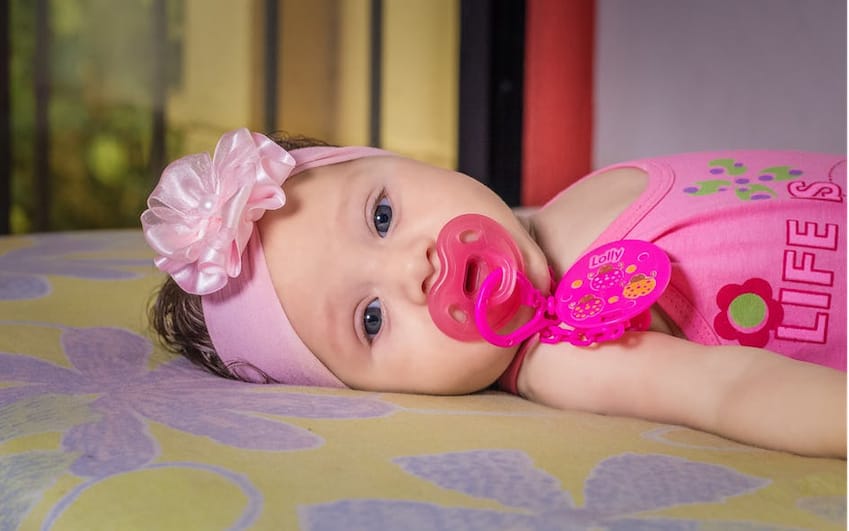Navarre Childcare Experts Answer When it is a Good Time for Your Child to Stop Using a Pacifier
As many as 84% of infants use a pacifier. Using a pacifier provides emotional comfort to infants, but they are also linked to poor dental health and other medical issues if used too long. If you’re concerned about your child’s pacifier use and want to wean them from it, let our Navarre childcare experts ease your mind.
Let’s take a look at some pacifier pros and cons and how to move toward a pacifier-free life. Please note that this article is not intended as medical advice. As with any health-related issue, please consult your pediatrician for additional guidance.
Why Do Children Like a Pacifier?
Infants and toddlers often rely on a pacifier to provide comfort and assurance when nervous or scared. They may want it more when they are in a new place or beginning a preschool or nursery program. Research suggests pacifiers trigger a calming sensation in infants, reminding them of their time in the womb.
How Old is Too Old?
Everyone, and we mean everyone, has an opinion on the right age to take away a pacifier. However, there isn’t a specific age that is chiseled in stone or written in a medical journal.
When an infant is six months old, they can develop an emotional attachment to a pacifier. That will make it harder to wean them from it. If you want to minimize the separation anxiety that comes from taking away a pacifier, then the earlier, the better.
By the time your child turns one, they are beginning to explore language and speech. A pacifier can impede that progress. By age 2, there is a chance the pacifier can contribute to children’s dental health problems.
The longer your child uses a pacifier the harder it is to stop, and there is evidence that long-term pacifier use is linked to chronic ear infections.
How to Make the Change
It’s important to take this slowly. Be patient and don’t force the issue. Taking your time with the process will make it less traumatic for your child and help them give up the pacifier for good.
Since most children want their pacifier at bedtime, start by encouraging them to take naps without it. Once they’ve made it through a few days’ worth of naps, you can start trying to get through a full night. If your child has developed a habit of using a pacifier during the day, try substituting other toys or objects that bring them comfort.
Another successful tactic is to schedule play dates or enroll your child in a child care with children who don’t use a pacifier in the Navarre area. Children model their behavior after other children. If they see their friends and peers going through the day without a binky, they are more likely to make the change.
Try to begin the weaning process when no other changes are happening in your life. Trying to get your child to give up something that brings them comfort when they are sick is usually a non-starter. The same goes for major life events like moving to a new home or adding another child to the family.
You Can Do This
Pacifier use is part of many children’s lives. It provides comfort and assurance and helps babies self soothe, but prolonged use can have some negative effects.
Try to wean your child before they become emotionally attached. Take your time and be patient during the process. If you can expand your child’s peer group to include children who don’t use a pacifier in the Navarre area, it might make things easier.
If you’re looking for a supportive, caring, and nurturing early learning center that is focused on children’s development, contact us today. We’ll prepare an individualized plan to help your child grow and learn.


